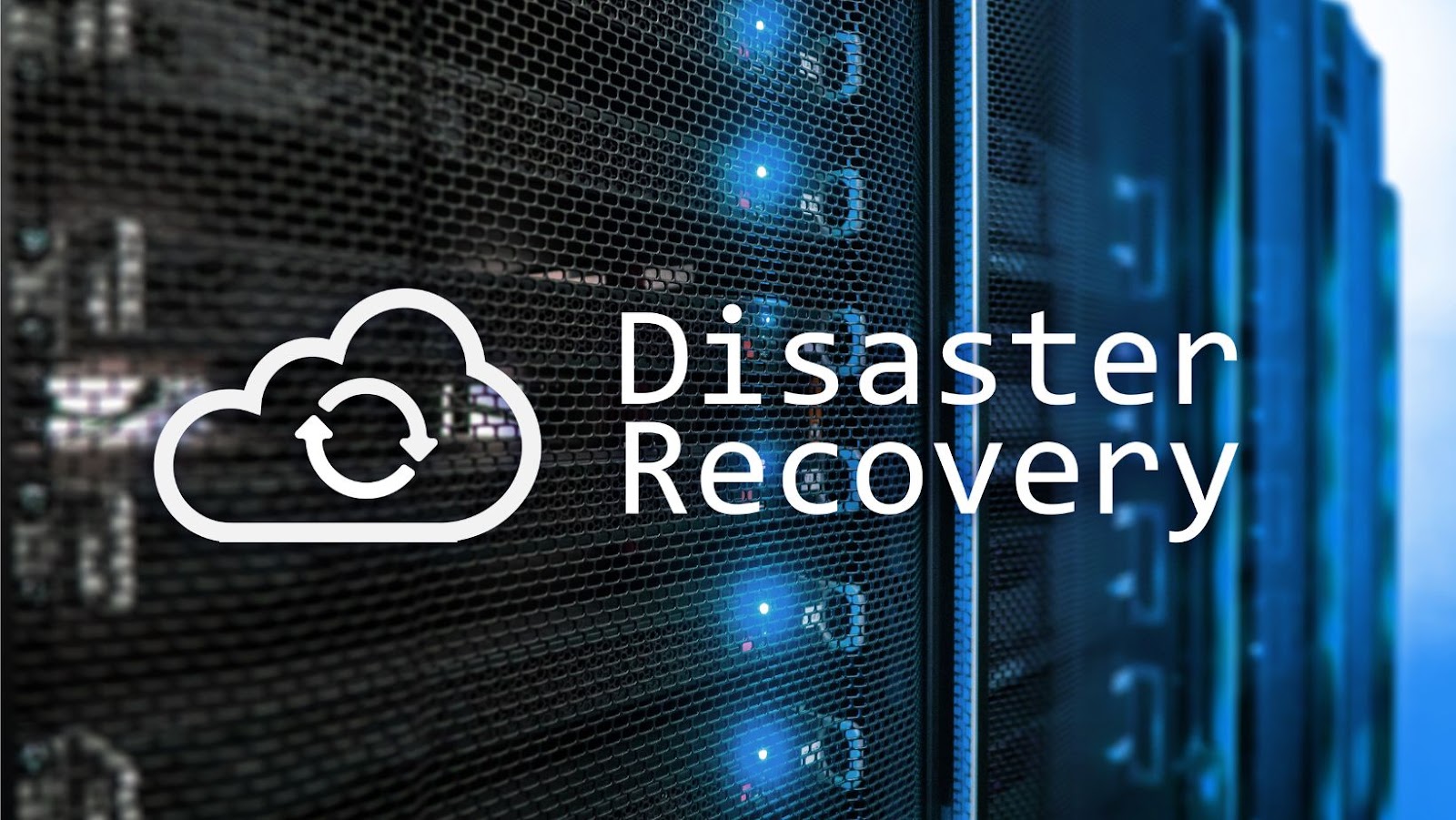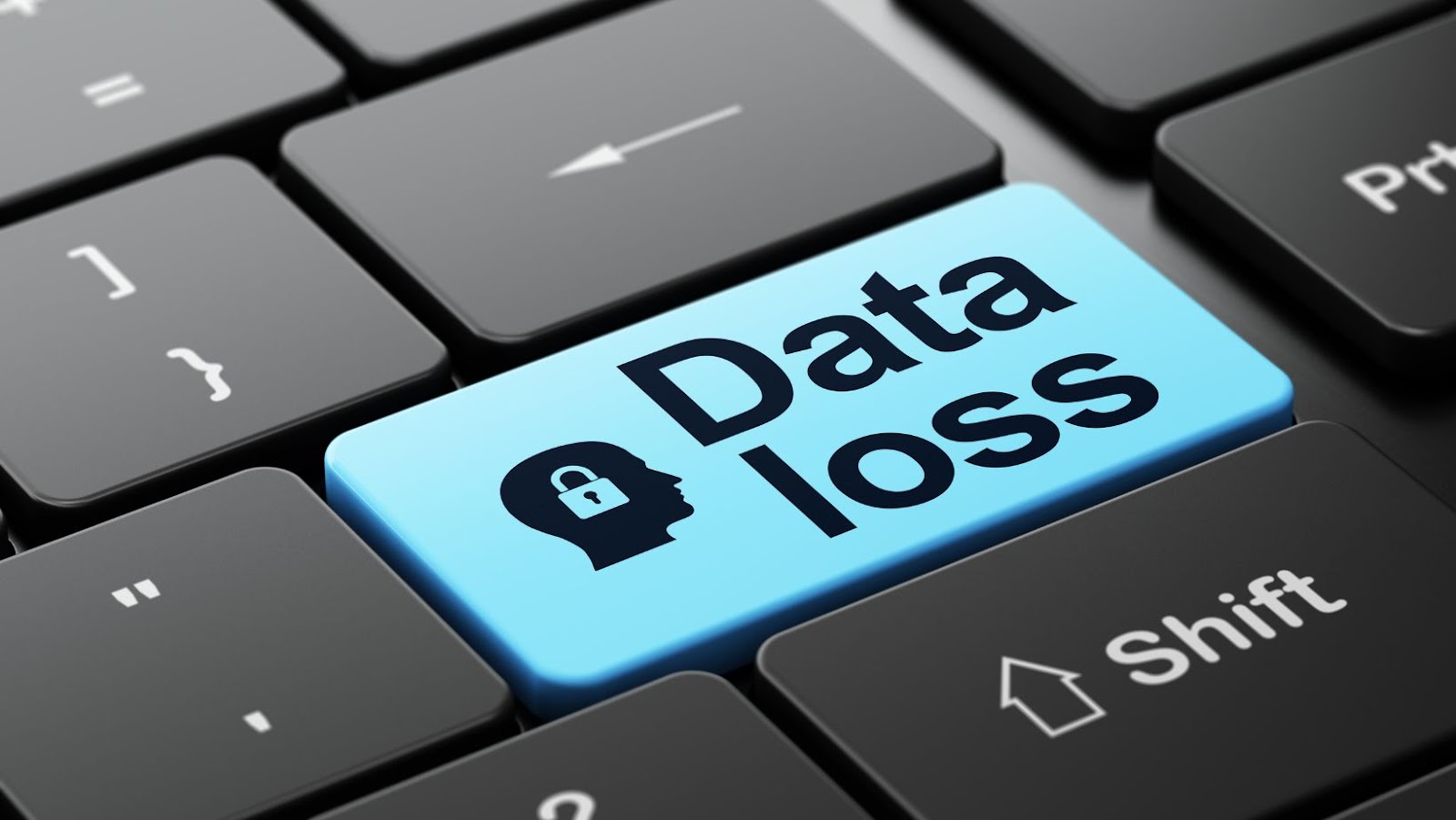 Data Loss Prevention Software News
Data Loss Prevention Software News
Data Loss Prevention (DLP) software helps safeguard sensitive information within organizations by monitoring, detecting, and responding to data threats. By leveraging AI-driven analytics, DLP solutions now offer enhanced protection against unauthorized access. Machine learning techniques in these tools enable real-time threat detection, adapting to new patterns of potential data breaches. Key features of DLP software include data at rest, in use, and in motion monitoring. These features ensure continuous data security regardless of its state. Examples include email encryption and network monitoring. Additionally, role-based access controls prevent unauthorized data access, aligning with compliance standards like GDPR and HIPAA.
DLP software supports various deployment models, such as on-premises and cloud-based solutions. This flexibility allows businesses to choose the model that best fits their needs, enhancing data protection while enabling data accessibility. Data Loss Prevention Software News continues to evolve, driven by new technologies and shifting business needs. Recent developments highlight significant advancements enriching DLP capabilities. Vendors are embedding artificial intelligence to improve anomaly detection precision. AI algorithms analyze patterns, learning from historical data to identify potential threats faster. Machine learning is enhancing context-aware protection, adapting to different organizational environments and workflows.
Cloud integration is now more robust, with seamless DLP solutions for multi-cloud architectures. This allows data to be monitored across diverse platforms without interrupting operations. User behavior analytics provide insights into data interactions, helping prevent insider threats. Leading DLP providers are releasing substantial updates to enhance security. Symantec, renowned for its endpoint protection, has introduced advanced cloud-based monitoring, ensuring data security across remote work environments. McAfee has amplified its DLP capabilities with improved endpoint and network integration, offering comprehensive data protection within a single platform. Microsoft’s DLP features in its Microsoft 365 suite have evolved to include detailed analytics and policy recommendations, empowering users to minimize data leakage risks. These updates make it simpler for organizations to enforce compliance and safeguard data efficiently.
 Key Industry News
Key Industry News
Data Loss Prevention Software News continues to evolve rapidly in the context of increasing data security demands. Recent updates have shifted focus to scalability and smarter data protection strategies. The demand for cloud-native DLP solutions is surging, driven by the global shift to remote work. Analysts predict a compound annual growth rate of 22% in the DLP market through 2026, according to Grand View Research. Companies prioritize strategies that integrate DLP with other cybersecurity tools, enhancing comprehensive data security frameworks. Artificial intelligence remains a central pillar, with its capabilities to automate threat detection and adapt to new security challenges.
Significant mergers are shaping the data loss prevention landscape. Recently, Broadcom finalized its acquisition of Symantec’s enterprise division, strengthening its cybersecurity portfolio. McAfee’s merger with FireEye highlights an industry trend towards strategic consolidation, aiming to combine resources and enhance product offerings. These moves indicate an increased emphasis on comprehensive security solutions that optimize financial and technological synergies for enhanced DLP capabilities.
 Challenges and Opportunities
Challenges and Opportunities
Data Loss Prevention Software News faces several challenges and opportunities in an ever-evolving digital landscape. As threats become more sophisticated and regulations tighten, DLP solutions must adapt to ensure robust protection.
Organizations encounter complex security threats that require advanced DLP measures. Cyber attackers often employ innovative methods, targeting vulnerabilities in network systems. DLP software must integrate cutting-edge technologies like AI for real-time threat analysis to address these challenges effectively. Customizable security policies help mitigate risks by tailoring defenses to potential vulnerabilities.
As regulations evolve, DLP software must align with updated compliance requirements. The introduction of new data privacy laws, such as the California Consumer Privacy Act (CCPA), adds layers of complexity. DLP solutions offer businesses the flexibility to adjust their data protection strategies to adhere to changing laws. Automation within these systems streamlines the compliance process, ensuring organizations meet regulatory standards efficiently.